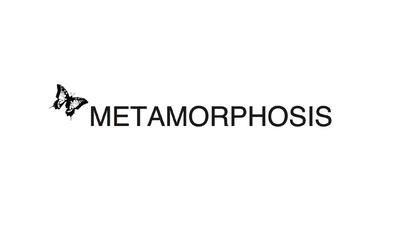Conference paper on how the Metamorphosis projects contributes to more walk-able cities
DOCUMENT
Presentation about how a cycling-generation contributes to healthy, safe, and inclusive cities: How children become the centrepiece of research and policy-making.
DOCUMENT

Presentation about how to involve stakeholders to built child friendly cities and have real impact
DOCUMENT

Overpeinzing over entomorfisme; in dit geval het toedelen van insecteneigenschappen aan studenten van HAS hogeschool.
DOCUMENT

Sustainable urban mobility is an established target of policy making and planning in Europe. It is associated with, among others, better air quality, less noise disturbance, increased safety and quality of public space. In this regard, one of the EU Commission’s main tools to achieve sustainable urban mobility, through Sustainable Urban Mobility Plans (SUMP), require the explicit integration of Monitoring and Evaluation (M&E). Yet, European cities face common barriers when it comes to materialising M&E in practice. To avoid or overcome these barriers, this paper argues for integrating Capacity Building (CB). We draw this conclusion based on experiences made during the M&E and CB of the Horizon 2020 Project ‘Metamorphosis’. We report our experiences, rating different monitoring indicators used for the evaluation of measures transforming car-oriented neighbourhoods into children-friendly neighbourhoods in seven European cities. We then give advice on how to design and integrate CB for a feasible M&E scheme.
DOCUMENT
Het boek analyseert de lange termijn ruimtelijk-economische ontwikkeling van de luchthaven Schiphol en Schipholregio vanuit een historisch-institutioneel perspectief (van 1919-heden). Deze lange-termijn metamorfose van de luchthaven regio dient als voorbeeld voor het wereldwijd toenemen van stedelijkheid en de stedelijke ontwikkeling van metropolitane regio’s. De oorsprong en het verloop van de economische en stedelijke ontwikkelingsprocessen wordt bij wijze van onderzoek geïndentificeert en geanalyseerd, waarbij wordt uitgelegd welke collectieve arrangementen, met inachtneming van de omgevingsfactoren en visuele voorstellingen van de stad en diens stedelijkheid, van doorslaggevende invloed op de betreffende metamorfose zijn geweest.
LINK
A paper about: How a cycling-generation contributes to healthy, safe, and inclusive cities: How children become the centrepiece of research and policy-making. With examples of Tilburg
DOCUMENT
Little has been published regarding the training of academic developers themselves to support internationalization of the curriculum (IoC) initiatives. However, higher education institutions around the globe are responding to strategic demands for IoC which prepare students as ‘world-ready’ graduates. We employed qualitative research synthesis to identify recent journal articles which consider current trends in academic development to support IoC. Despite their diversity, we found common themes in the five selected studies. Our discussion and recommendations weave these themes with Betty Leask’s five-stage model of the process of IoC and Cynthia Joseph’s call for a pedagogy of social justice. “This is an Accepted Manuscript of an article published by Taylor & Francis in International Journal for Academic Development on 19/11/15, available online: https://doi.org/10.1080/1360144X.2019.1691559.
MULTIFILE
